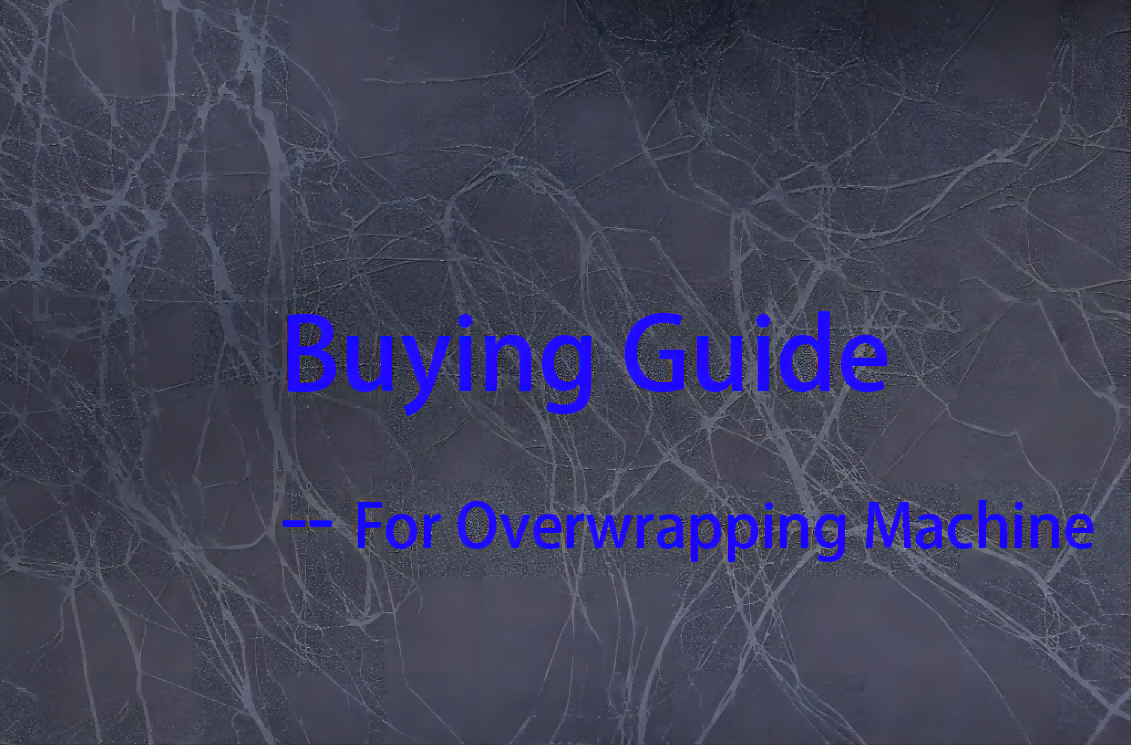
- Home
- About Us
- Workflow
- Projects
- Customer Feedback
- Private Policy
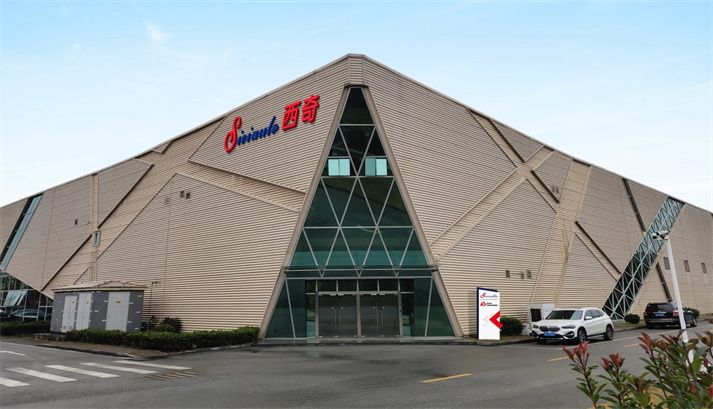
- Products
- Overwrapping Machine
- Cartoning Machine
- Case Packer
- Labeling Machine
- Shrink Wrapping Machine
- Case Erector
- Case Sealer
- Check Weigher
- Strapping Machine
- All-side Ironing Machine
- Tea Bag Packing Machine
- Packaging Materials
- Pillow Type Packing Machine
- Filling And Capping Machine
- Tube Sealing Machine
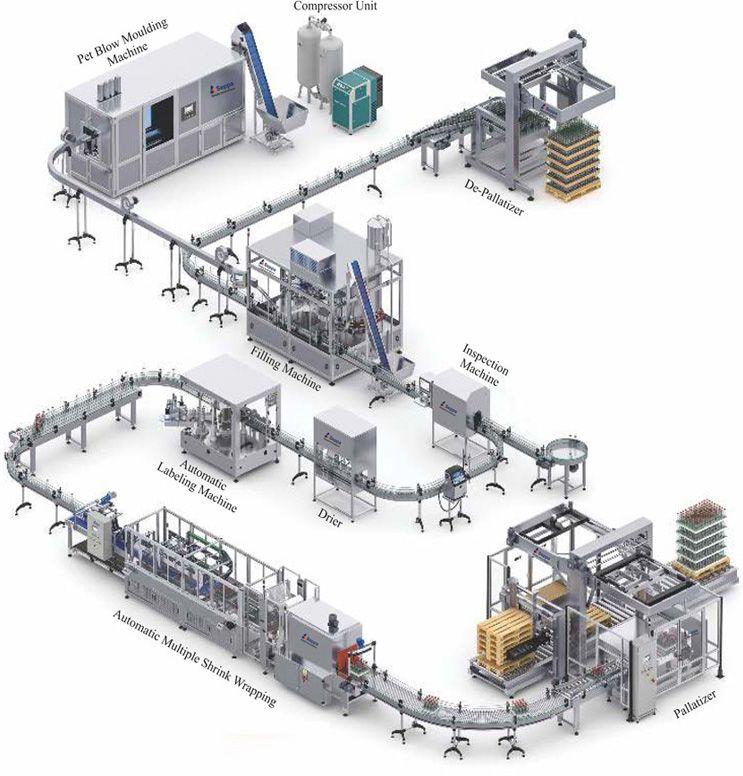
- Solutions
The Overwrapping Machine Buying Guide2023-07-29Overwrapping machines are a valuable asset in the packaging industry, providing a professional and secure wrapping solution for various products. These machines wrap products with a protective film, enhancing their appearance, preserving freshness, and ensuring tamper-evident packaging. However, with a wide range of overwrapping machines available in the market, choosing the right one can be a challenging task. This buying guide aims to provide essential factors to consider when purchasing an overwrapping machine.
1. Packaging Requirements: Start by evaluating your packaging requirements. Consider the type and size of products you need to wrap, as well as the desired production speed. Overwrapping machines come in various sizes and configurations to accommodate different product dimensions and wrapping speeds. Ensure that the machine you choose can handle your specific product requirements.
2. Wrapping Technology: Overwrapping machines use different wrapping technologies, such as cellophane, polypropylene, or polyolefin films. Each technology has its own advantages and suitability for specific products. Cellophane offers a premium look and feel, making it ideal for high-end products, while polypropylene and polyolefin films provide excellent transparency and seal strength. Consider the visual appeal, durability, and barrier properties required for your products to select the appropriate wrapping technology.
3. Machine Flexibility: Flexibility is a crucial factor when investing in an overwrapping machine. You may have a diverse range of products or anticipate changes in your product lineup. Look for a machine that can handle different product sizes and shapes, allowing you to switch between items with ease. Adjustable film guides, modular designs, and quick-changeover features contribute to the machine's flexibility and versatility.
4. Speed and Output: The wrapping speed and output capacity of the machine should align with your production requirements. Determine the desired output in terms of wrapped products per minute (PPM) based on your current and future needs. High-speed overwrapping machines are suitable for large-scale operations, while lower-speed machines may suffice for smaller businesses. Consider the balance between speed and efficiency to optimize productivity.
5. Film Efficiency and Waste Reduction: Efficient film usage and waste reduction are important considerations. Look for machines that minimize film waste through precise film cutting mechanisms and adjustable film tension controls. Additionally, consider machines that offer film splicing capabilities, allowing for quick film roll changes without stopping production. Efficient film usage not only reduces material costs but also contributes to environmental sustainability.
6. Sealing Quality and Tamper-Evident Features: The quality of seals and tamper-evident features are crucial for product integrity and consumer confidence. Ensure that the overwrapping machine provides consistent and secure seals to protect your products during transportation and storage. Look for machines with adjustable sealing temperature, pressure, and dwell time controls to accommodate different film types and ensure optimal seal quality.
7. Ease of Use and Maintenance: Choose an overwrapping machine that is user-friendly and easy to operate. The machine should have intuitive controls, clear interfaces, and minimal changeover times. Quick-change parts and easy access for cleaning and maintenance are important features to consider. Additionally, verify the availability of spare parts and the manufacturer's reputation for customer support to ensure smooth operation and minimize downtime.
8. Machine Integration and Compatibility: Consider the compatibility of the overwrapping machine with your existing packaging line or other machinery. Smooth integration and efficient communication between machines are crucial for streamlined operations. Ensure that the machine's dimensions, power requirements, and communication protocols align with your facility's infrastructure. Compatibility will facilitate installation and minimize disruptions during production.
9. Safety and Compliance: Safety should always be a priority. Look for overwrapping machines that adhere to industry safety standards and regulations. Features such as safety interlocks, guarding systems, emergency stop buttons, and ergonomic design contribute to a safe working environment for operators. Choose machines from reputable manufacturers who prioritize safety and provide comprehensive documentation and support.
10. After-Sales Support and Training: Investigate the after-sales support provided by the manufacturer. Training programs for operators and maintenance personnel can maximize the machine's performance and longevity. Reliable technical support, readily available spare parts, and warranty coverage are essential considerations for smooth operations and minimal downtime.
11. Budget and Return on Investment (ROI): Establish a budget for your overwrapping machine investment, considering the long-term benefits it will bring to your business. Compare different models and manufacturers to find the best balance between features, quality, and price. While cost is important, prioritize machines that offer reliability, efficiency gains, and a strong return on investment over time.
By carefully considering the factors mentioned in this buying guide, you can select an overwrapping machine that meets your specific packaging requirements, enhances product presentation, and contributes to the success of your business. Thorough research, consultation with experts, and choosing a reputable manufacturer will help ensure a smooth integration of the overwrapping machine into your packaging operations.
About us- Tel: +86-510- 85868879
- E-mail: sales@siciauto.com
- Address: No.132-4, Rongyu Road, Xishan Economic Development Zone, Wuxi City, Jiangsu Province, China.
- SUPPLIER







- PROJECTS
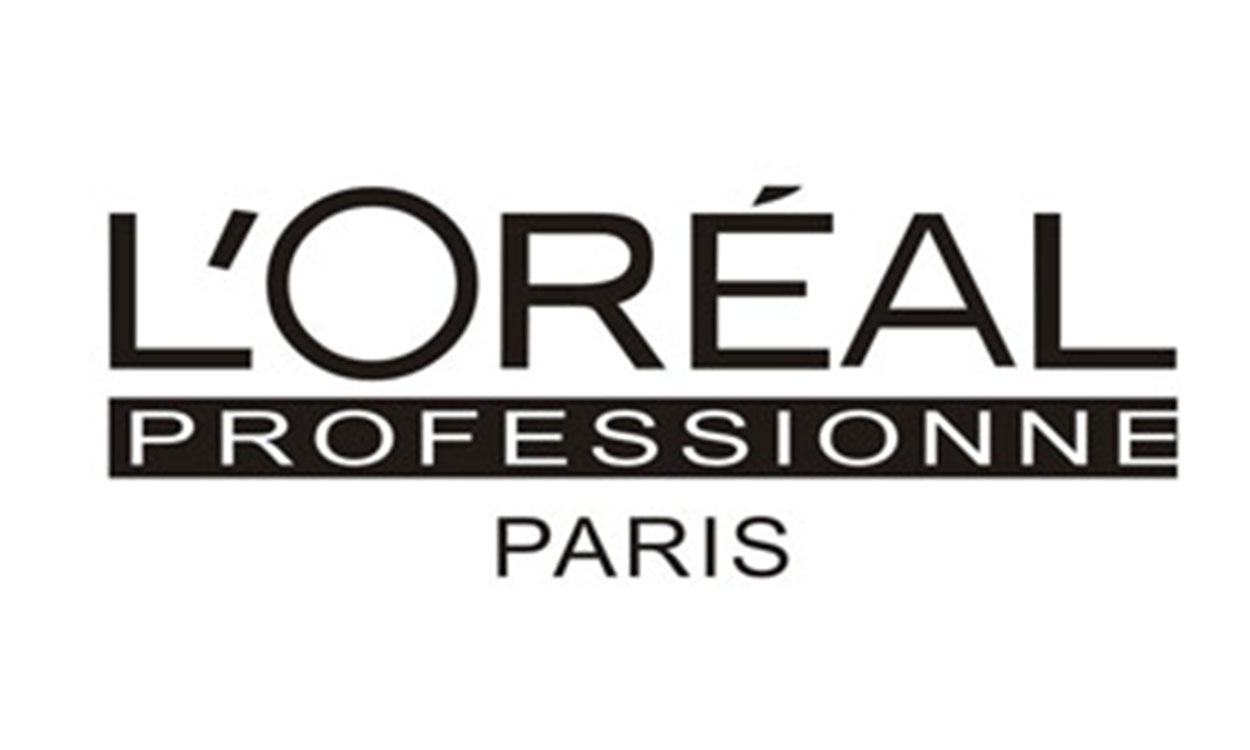


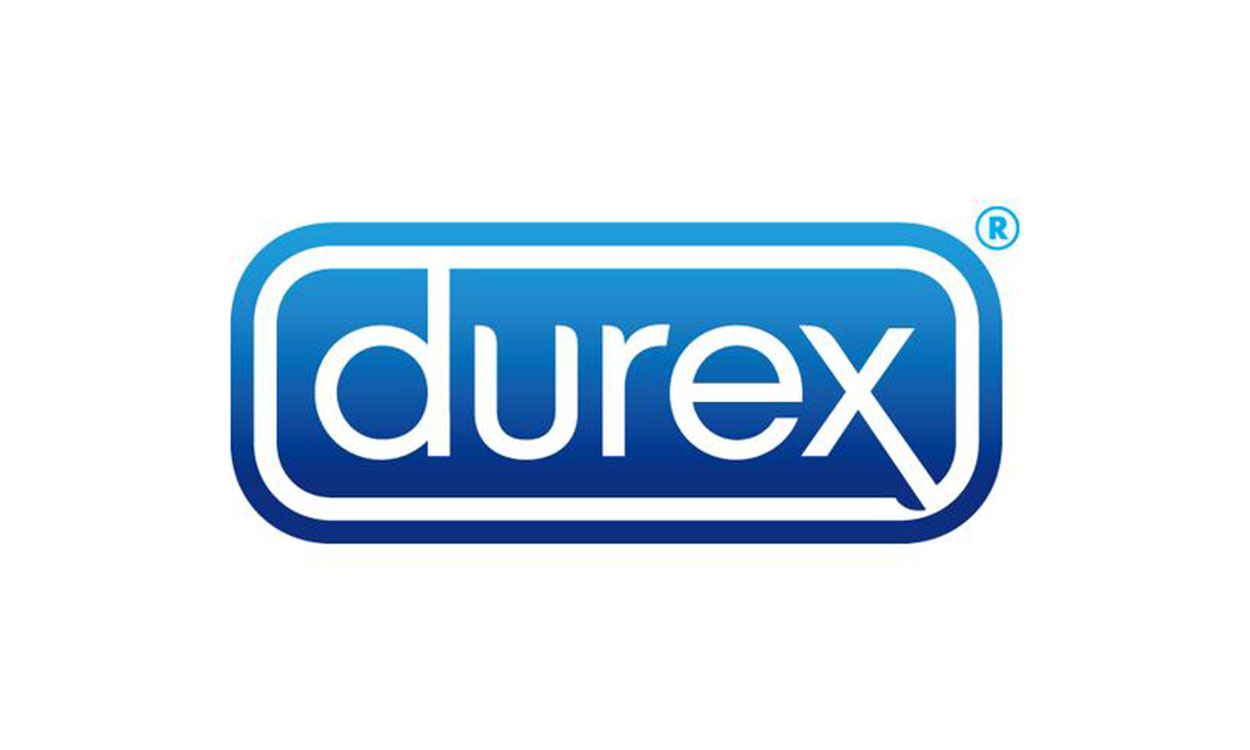

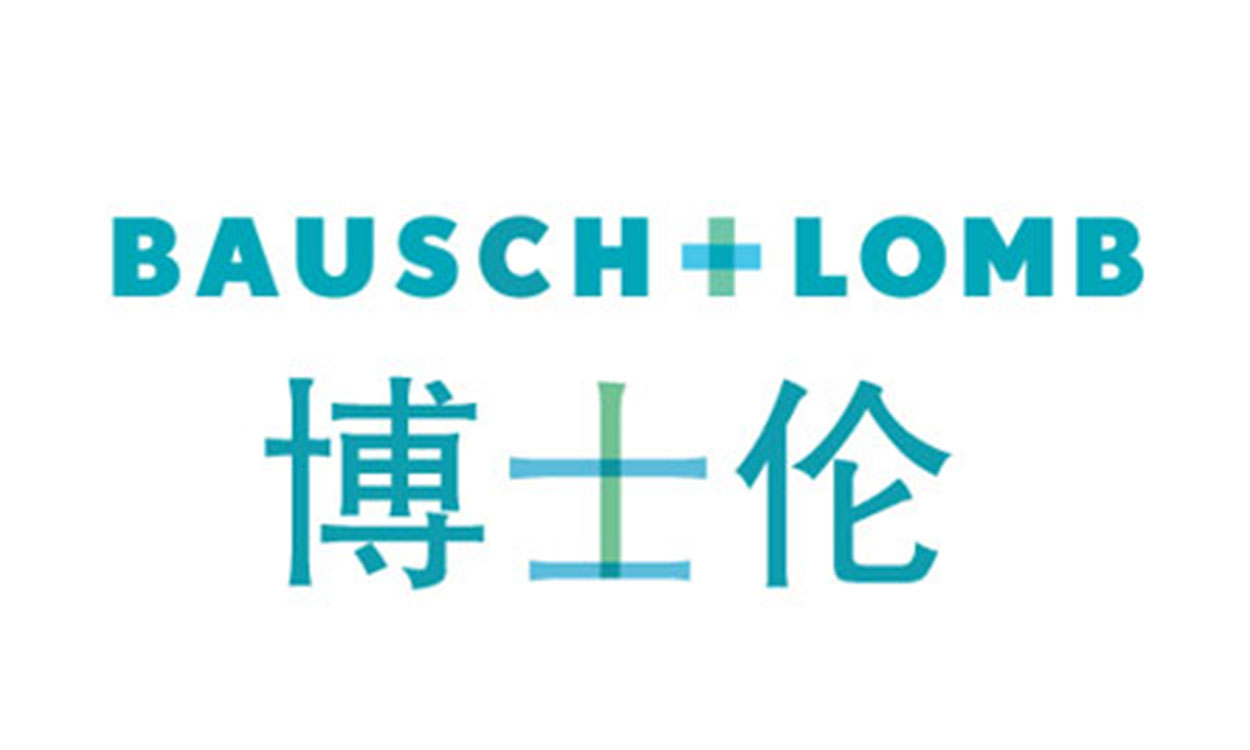

Wuxi Sici Auto Co., Ltd. Boxmedia








